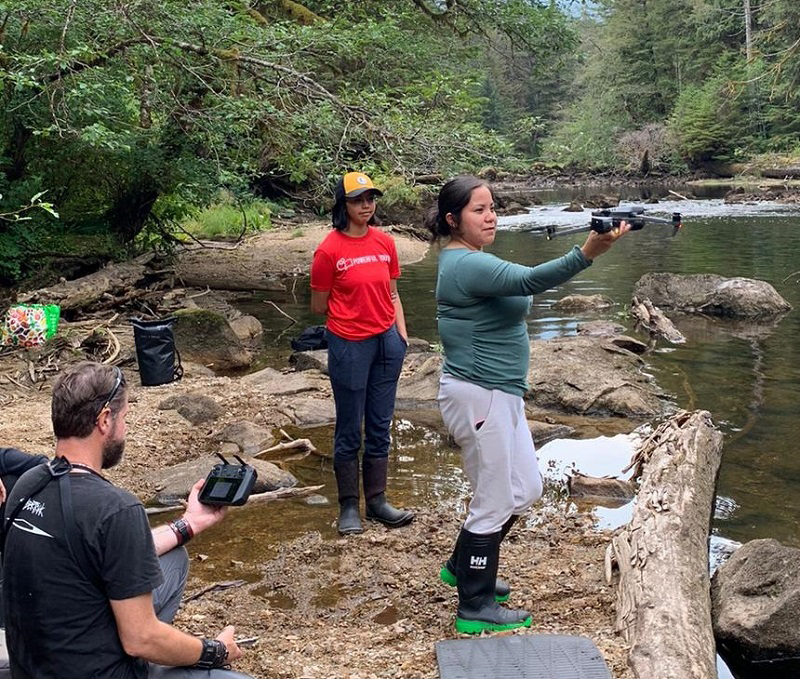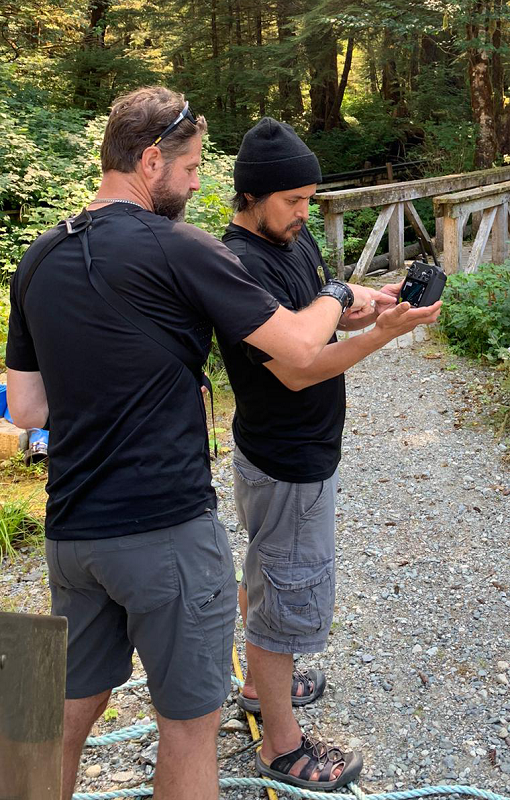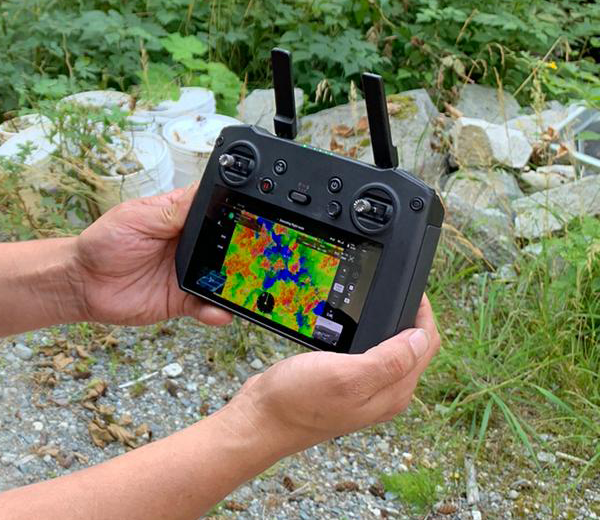The RPAS Hub: Drone Education, Training and Research at BCIT
The RPAS Hub at BCIT
Welcome to the RPAS Hub, BCIT’s collaborative centre for education, training, and research in drone technology.
Drones, now referred to as remotely piloted aircraft systems or RPAS, merge aircraft technology with fields as diverse as surveying, emergency response, and equipment inspection—all areas of BCIT expertise. As British Columbia’s leader in aerospace and technology education, we are committed to ensuring the successful application of RPAS technology to learning, research, and industry.
Hub News
Using RPAS and AI to Predict Wildfires
Hub member Dr. Michal Aibin is researching computer vision algorithms to map forested areas with high flammability. See BCIT Researcher Using Drones and AI in the Battle against Wildfire.
Salmon Habitat Protection
As summer temperatures rise, salmon rely on pools of cooler groundwater to thrive. We’ve been partnering with the Pacific Salmon Foundation to scan rivers for these thermal refuges in habitat preservation efforts. See A Look from Above: How Drones Can Support Salmon Battling Climate Change.
A second part of this work is training local salmon stewardship teams to safely and effectively use drone technology to map salmon habitats. The photos show Dr. Eric Saczuk giving an industry services training session for the Kitasoo X’ai X’ais First Nation in Klemtu, BC, August 16 to 20.
See more Hub in the News.



Featured Projects
RPAS search and rescue
Advancements in RPAS technology are relieving the time-sensitive, risky, and expensive task of rescuing people in BC’s backcountry.
Climate change research in Antarctica
Climate change is affecting the polar regions at a faster rate than anywhere in the world. But the distances and harsh climates make these regions tough to monitor. A BCIT drone expert set out to learn how drones could help capture data about the changing environment in Antarctica.
Mapping invasive species with multispectral imagery
This collaborative, learner-led project took students into the field to test new technology for exploring a long-standing problem in natural areas management—detecting and managing invasive species. The results from the project have real-world applications for municipalities and government corporations such as TransLink.







